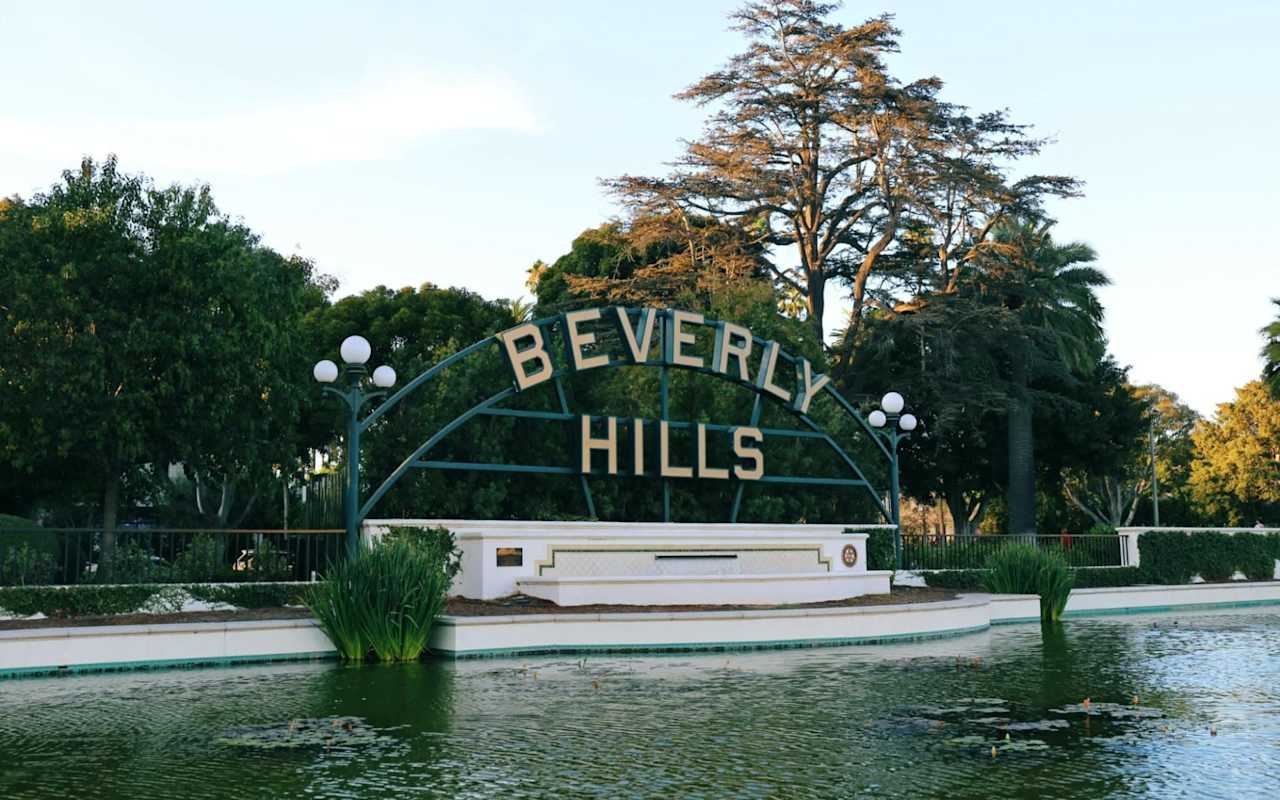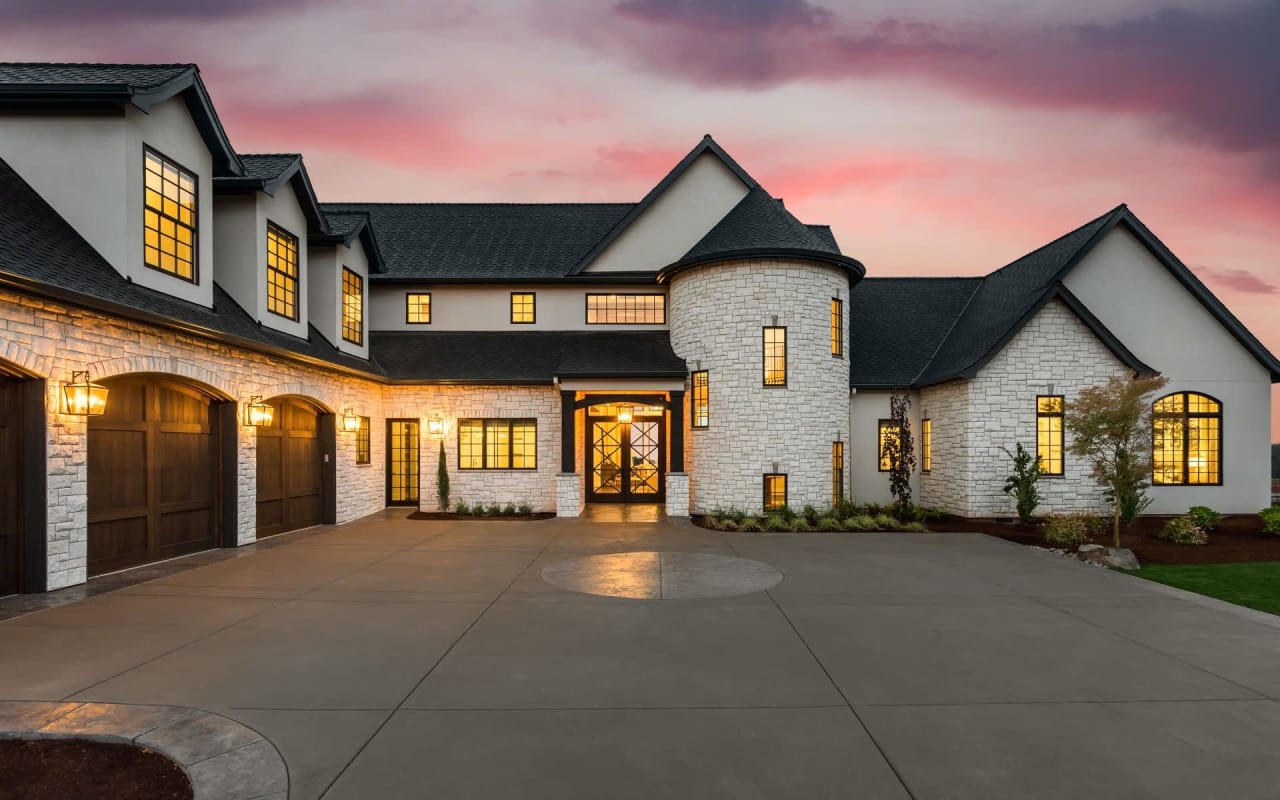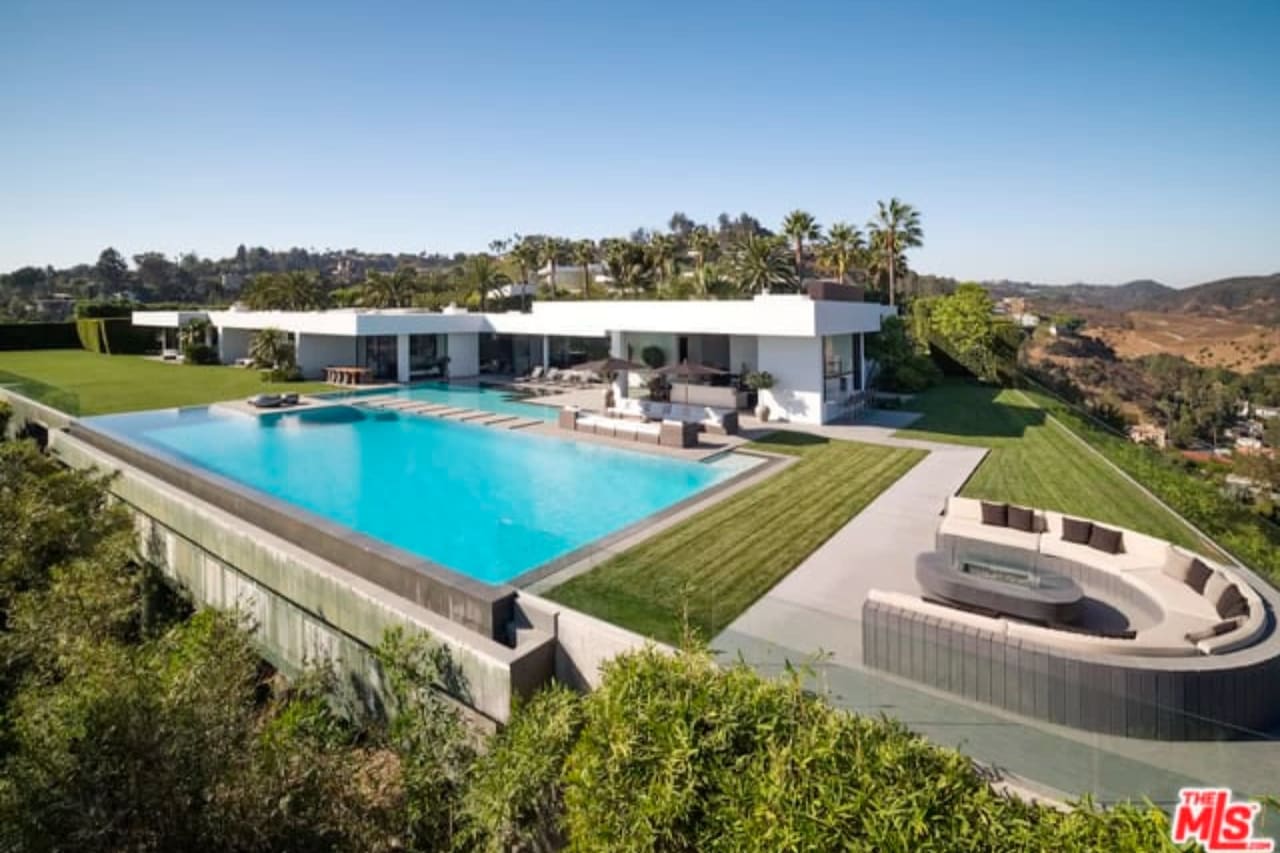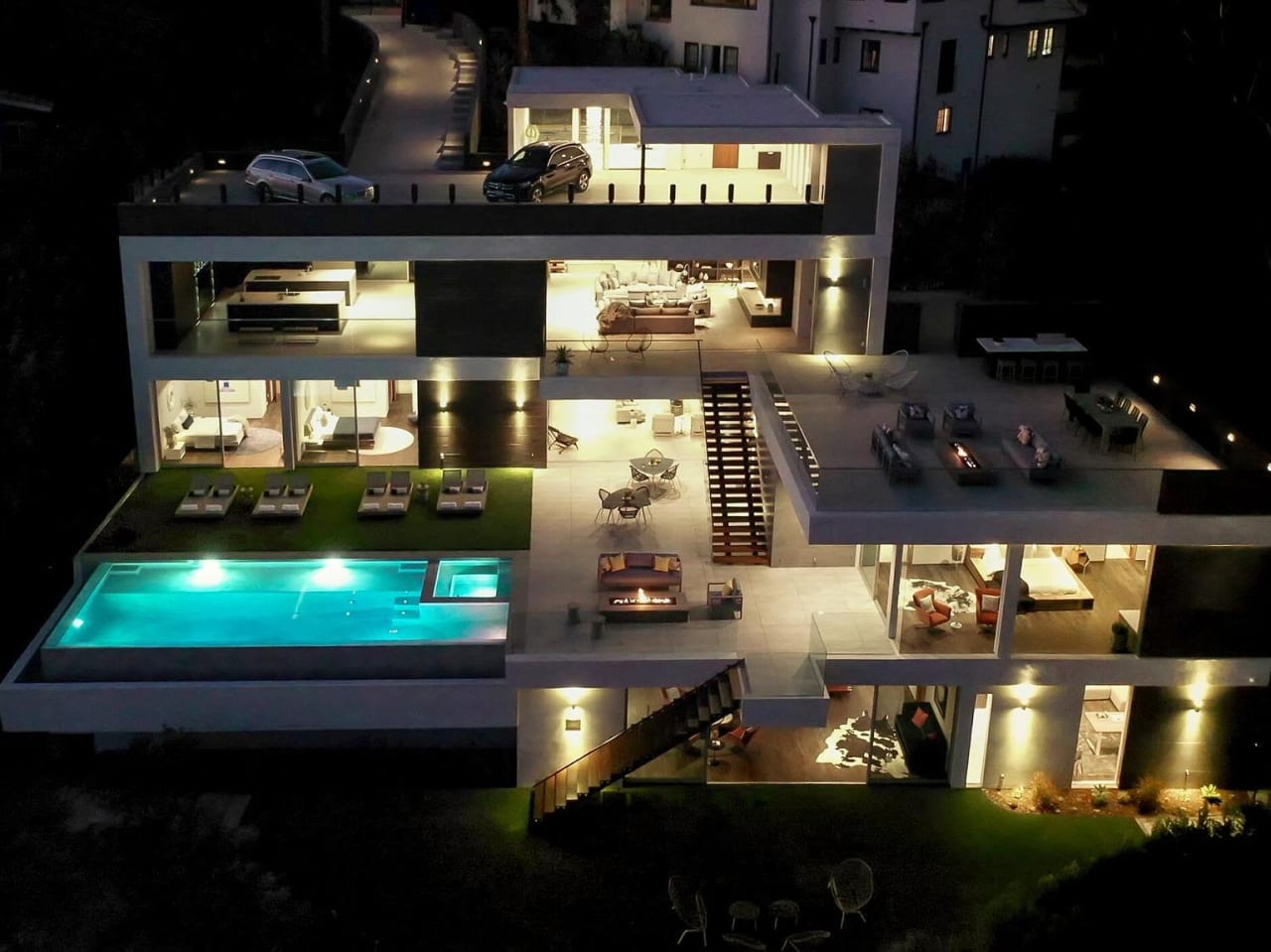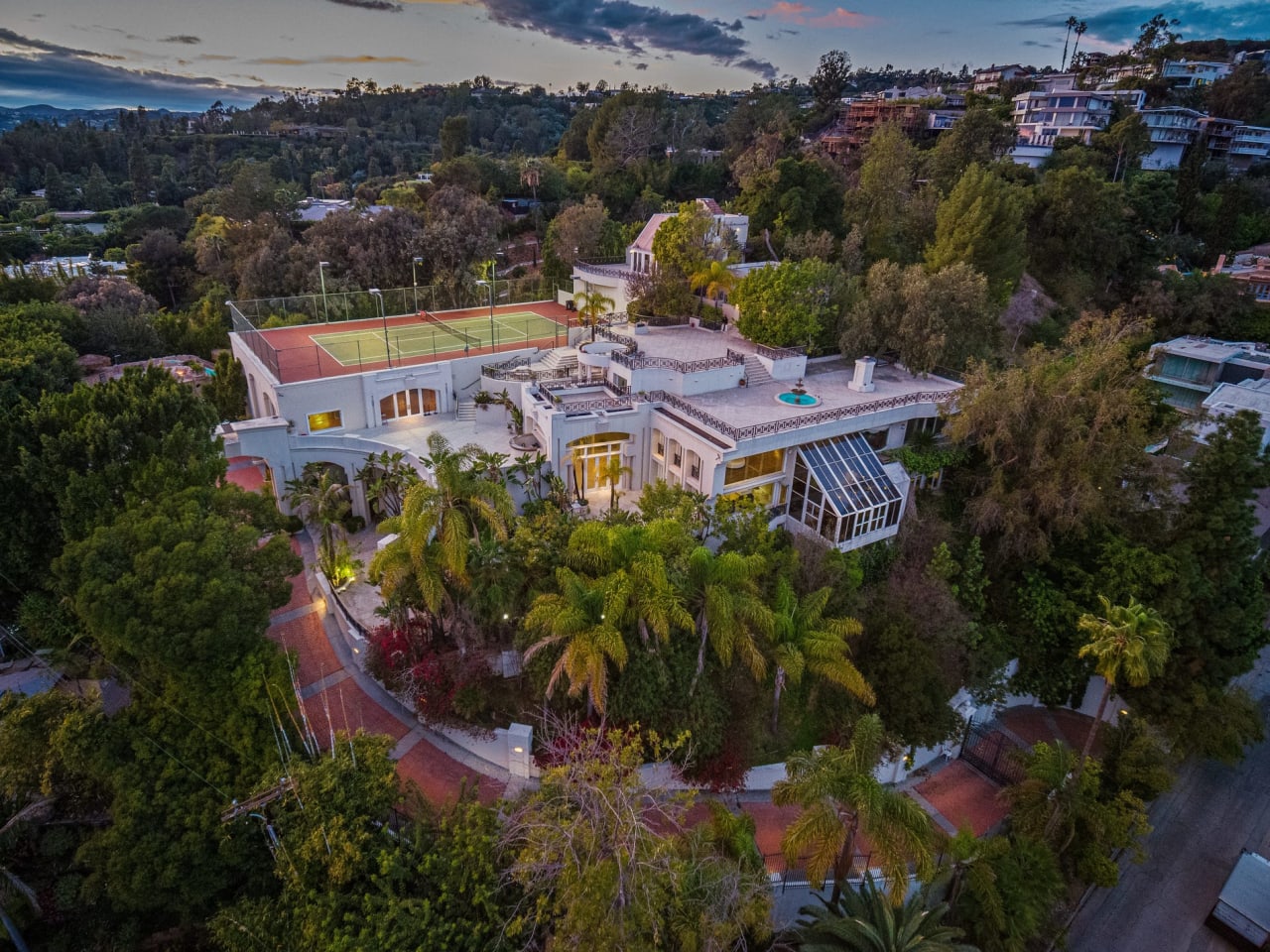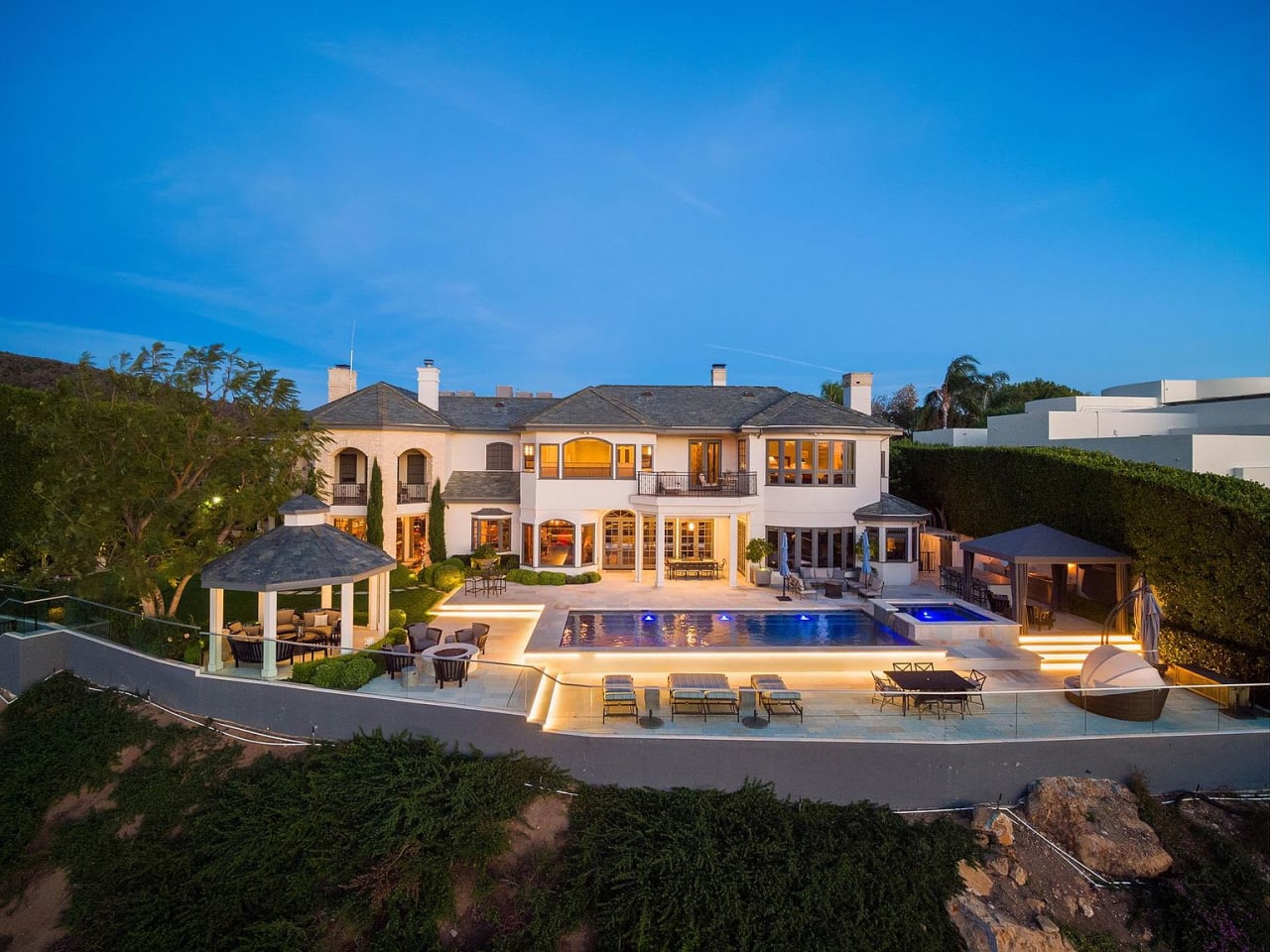West Hollywood, California, is one of the most lively and exciting parts of Los Angeles. The area is known for the Sunset Strip, home to an array of boutiques and cafes. There is much to do in the area, like shopping, hiking, and taking in the arts. Residents love calling West Hollywood home, but what is the actual cost of living in the area?
Cost of living
On average, the cost of living in West Hollywood is $3,195 per month, which makes the area one of the most expensive cities in the world. After taxes, the median salary is $6,561 a month, which covers two months of living expenses. Still, the area is considered one of the best places to live in the United States.
Housing
The cost of living in West Hollywood, California, is 59% higher than the national average. The cost of living includes expenses like housing, transportation, food, and healthcare. Over the last few years, housing costs have been rising and are more expensive compared to other cities in California. Real estate in West Hollywood has been booming in the last few years. On average, residents in West Hollywood pay more for housing compared to the national average. The housing expenses in the area are 173% higher than the national average. The national median home value is $338,100. In West Hollywood, the median home value is $1,044,300.
Despite the high cost of housing, many people consider the area worth the price because of its convenient location and vibrant culture. About 20% of the population own their homes and approximately 80% rent. A single-family home in the area is valued at around $1,990,060, one of the nation’s highest home prices. A one-bedroom apartment in West Hollywood is typically rented for $2,320 monthly. The utility costs are 11% higher than the national average, averaging about $195.92 per month. Housing is the largest monthly expense for many people and is often homeowners’ largest financial asset.
Transportation
Taking public transportation and filling your gas tank also factor into the cost of living. On average, transportation expenses are 28% higher than the national average. The average cost of a gallon of gas is $4.36, which impacts a person’s monthly expenses.
Food and groceries
The average price for groceries is 11% higher than the national average. A bunch of bananas can cost up to $3.74, and a gallon of milk is averaging $2.70. West Hollywood is also home to some world-class restaurants, so it is important to consider the cost of eating out in the cost of living.
Healthcare
In 2021, spending on healthcare grew 2.7%, reaching $12,914 per person. On average, healthcare in West Hollywood is 12% higher than the national average. A doctor’s visit averages $139.40, and filling prescriptions can cost up to $513.62. Most adults in the area have access to health insurance, which helps reduce out-of-pocket costs.
Why West Hollywood?
The cost of living in West Hollywood is high, but it is a fantastic place to live. There is no shortage of things to do, including admiring the architecture of beautiful old hotels, hiking in Runyon Canyon, and enjoying live music.
The city borders Hollywood, Hollywood Hills, and Beverly Hills, making it a central hub of activity, from walking along the Sunset Strip to enjoying the variety of shops or attending a show at one of the iconic music venues, such as the Troubadour, which is where many artists launched their careers.
There’s something for everyone to enjoy in the city. For the local bookworm, exploring Book Soup is a must. The independent bookstore is known for its teetering stacks of books, incomparable charm, and events. The city is a melting pot of traditions, which is highlighted by its cuisine and creativity.
The city is also home to many parks and hiking trails, which may not be something you would expect to see in the bustling city. Plummer Park is a go-to location for a picnic, as you can lounge on its manicured lawns or sit at one of the tables throughout the park. The park is pet-friendly and has a recreation center, seven tennis courts, and a playground. On
Mondays, it hosts the Helen Albert Certified Farmers’ Market.
If you want to feel far away from a city, check out Kings Road Park. This private park is tucked away and has many shaded spots to relax. There’s even a waterfall at the park, so you will quickly get a break from the city’s activity.
To take advantage of West Hollywood’s amazing weather, you can spend the day at Runyon Canyon Park. The park is 130 acres and boasts panoramic views of the LA Basin. You can hike to the top to enjoy the views throughout the park.
The Pacific Design Center has 100 showrooms and public and private spaces and is home to a branch of the Museum of Contemporary Art. The center hosts exhibitions, lectures, and screenings and is an active member of the design, entertainment, and arts communities. In addition to shopping on the Sunset Strip, there are also many more shopping centers to explore.
Melrose Avenue Shopping District has high-end boutiques, galleries, juice bars, and coffee shops. The Grove also attracts a lot of locals. The outdoor shopping center is a great way to enjoy the perfect weather and window shop. The Original Farmers’ Market is located here and is open daily. The market vendors include gourmet grocers and restaurants with over 100 vendor stalls.
Considering moving to West Hollywood?
While the cost of living in West Hollywood is high, the experience of living in the area is unmatched. People here can explore their interests with easy access to the arts, nature, and community. If you are looking for homes for sale in West Hollywood, working with an experienced realtor who can help you navigate the process and provide insight and advice is critical. Contact Jordan Pollack at LA Luxuries today.





